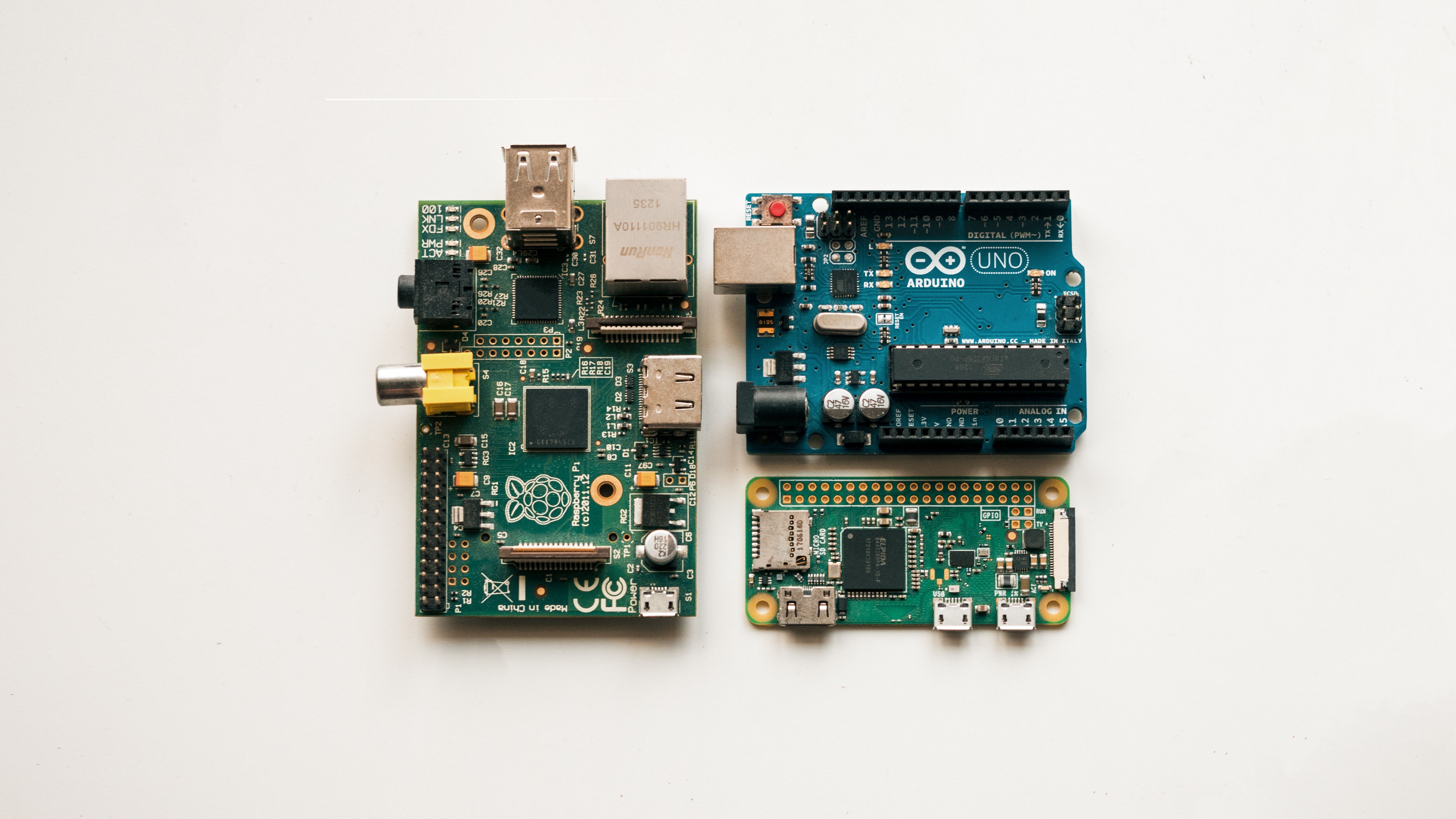

The problem of e-waste has grown exponentially over the last few years and is currently affecting our lives today. According to Moore’s Law, the computational power, also known as hardware performance, of electronic devices doubles approximately every two years. This computational power is becoming more of a need to us than ever before, Nowadays, we have to keep up with the ever-more demanding computational power from apps, web pages and even the operating system we use, like MacOS and Windows, by throwing away old devices that don’t give us the satisfaction and buy newer devices that do satisfy our needs. As a result, every couple of years, roughly about two to three years, the average person decides to buy new devices and throw away their old devices. This e-waste contributes to 70% of all toxic waste and as much as 20-50 million metric tons of e-waste are disposed worldwide, every year. Such consumers include students, who are often pushed by schools to get the latest technologies, which are now above the 1000-dollar price range. However, some families are not fortunate enough, not being able to buy such high-end, flagship devices. Does that mean that for one student to have a mainstream education standard, one must have a certain financial status? As in those who can afford to buy laptops and devices? What does that mean for those students who cannot afford these? These questions puzzled us as a team.
|
Our solution, called the ‘Bring Your Own Sustainable Device’ (BYOSD) Initiative is to use long-lasting, modular Raspberry Pis as a learning tool, allowing students to program, play games, and write documents, all on a computer the size of an average hand for less than 100 dollars. All these technologies will then be taught to students in a set of tutorials, videos and hands-on learning, who can then manage the school network in their schools |
 |
|
Our solution, called the ‘Bring Your Own Sustainable Device’ (BYOSD) Initiative is to use long-lasting, modular Raspberry Pis as a learning tool, allowing students to program, play games, and write documents, all on a computer the size of an average hand for less than 100 dollars. All these technologies will then be taught to students in a set of tutorials, videos and hands-on learning, who can then manage the school network in their schools. |
 |
 |
Our Design Concept is designed to allow students split into four sections, which will then lead to the final stage where students can manage, teach and learn a wireless network of Raspberry Pis - 1. Students need to learn to use Sustainable Devices - (e.g. Raspberry Pi). Why the Raspberry Pi? The minds behind the Raspberry Pi first noticed that buying the latest technology doesn’t lead to the best educational outcomes for students. They designed the Raspberry Pi a learning tool, that can fit into the palm of the average hand and costs less than 100 AUD. Moreover, The Raspberry Pi also lasts much longer compared to other devices, about 15-20 years if properly taken care of. 2. Education resources need to be tailored for Sustainable Devices. These resources can be shared via our file servers. 3. Students should create their own Educational Resources. 4. Students can build their own ICT Infrastructure using e-Waste. They can create web servers, which can host a variety of services including a MediaWiki Website, where students can access information with just one click. A server is simply a computer that provides services to other devices. The Web Server is designed to run on old, reused computers and host a variety of services including the MediaWiki, webpages to see school events, information about the school system, etc. |
|
Our Design Concept is designed to allow students split into four sections, which will then lead to the final stage where students can manage, teach and learn a wireless network of Raspberry Pis - 1. Students need to learn to use Sustainable Devices - (e.g. Raspberry Pi). Why the Raspberry Pi? The minds behind the Raspberry Pi first noticed that buying the latest technology doesn’t lead to the best educational outcomes for students. They designed the Raspberry Pi a learning tool, that can fit into the palm of the average hand and costs less than 100 AUD. Moreover, The Raspberry Pi also lasts much longer compared to other devices, about 15-20 years if properly taken care of. 2. Education resources need to be tailored for Sustainable Devices. These resources can be shared via our file servers. 3. Students should create their own Educational Resources. 4. Students can build their own ICT Infrastructure using e-Waste. They can create web servers, which can host a variety of services including a MediaWiki Website, where students can access information with just one click. A server is simply a computer that provides services to other devices. The Web Server is designed to run on old, reused computers and host a variety of services including the MediaWiki, webpages to see school events, information about the school system, etc. |
 |